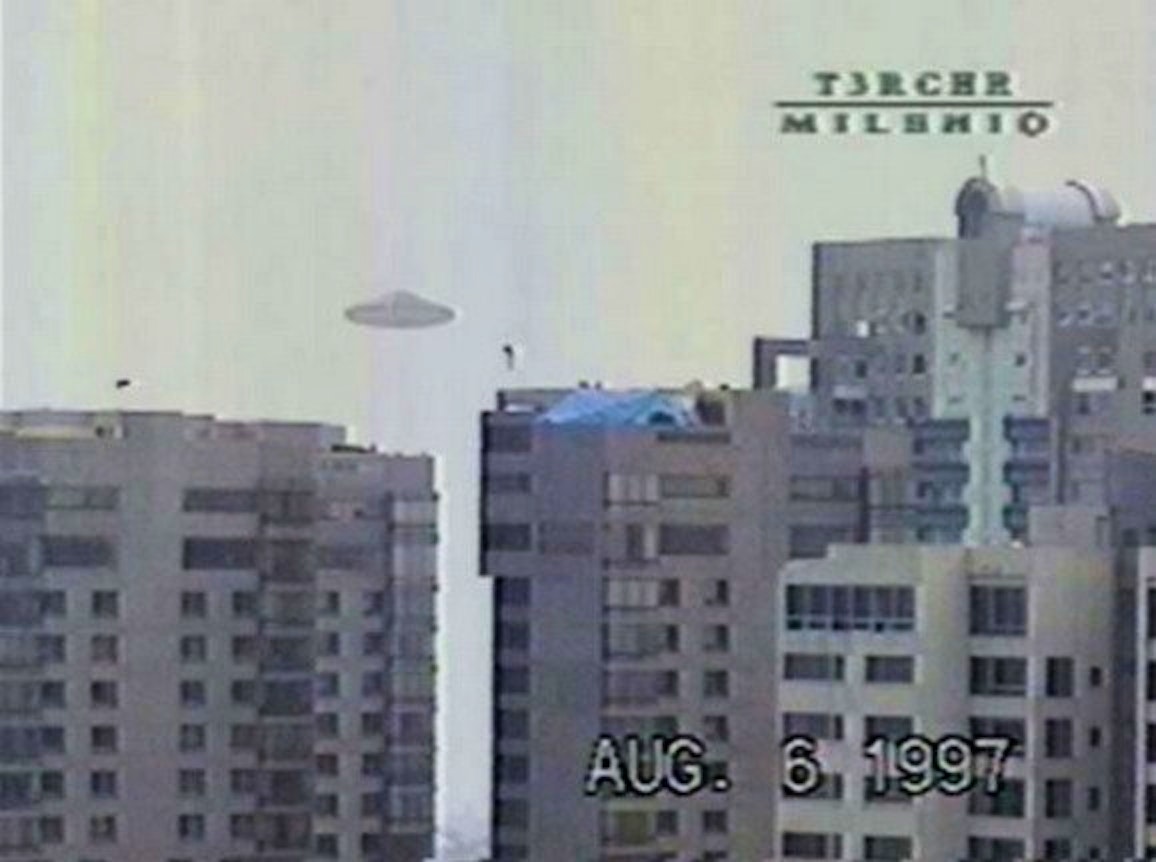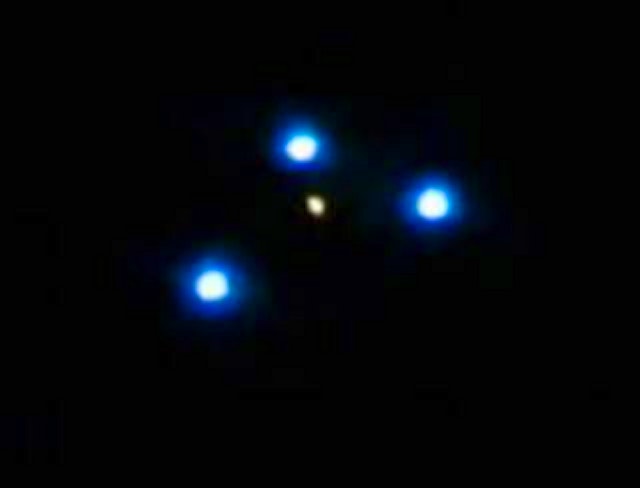In our X-Files reboot world, it’s hard to take ufology, the study of UFOs, seriously. The problem, at its core, is less scientific than sociological. The community that believes in the proximity of extraterrestrial life has long had a fraught relationship with logic and reason. Antonio Paris’s job is to bridge the divide between those who want to believe and those who demand proof. As the head ofAerial Phenomena Investigations, Paris has spent the last five years working with a former NASA engineer and a journalist to uncover both evidence and its absence. Paris, a former U.S. Army intelligence officer, also works as anastronomer at St. Petersburg College in Florida. He spends a lot of time looking up, but even more time looking around.
It bears saying — precisely because it doesn’t go without saying — that Paris is not a crank. In a sense, he’s exactly the opposite. He exhibits the rare ability to keep belief close and doubt closer. It is this trait, coupled with the thoroughness of his work, that has enamored him to the scientific community, which embraces him with open arms. Paris spoke with Inverse about dueling with investigative and scientific pistols at a time when most other Ufologists are stuck on Area 51.
Let’s get this out of the way: Have we been visited by aliens?
It all comes down to one thing. There’s still no hard proof, beyond a reasonable doubt, that UFOs are in any way, shape, or form extraterrestrial. They could be — but in the cases we’ve seen, we have not made that determination. We’re not saying aliens don’t exist. But the evidence doesn’t lean that way at this point.
We have about a 30-page standard operating procedure that begins with basic information collection on the witness and ends with forensics. We use FBI investigative interview procedures — so it’s not like I just say, “OK, what did you see?” Seventy percent of what we’ve investigated comes from reliable people, people with credible backgrounds, who are highly educated — we’re talking about people who are in the military or other scientists. They see things on the way home that they cannot explain.
But, unfortunately, if you could shape this all into one sentence, 99.9 percent of everything we’ve done is based on a story, never any evidence provided or footage. First hand testimony, that’s all we have.
Even with smartphones becoming so common?
The average UFO event is only three to five seconds. Somebody sees something, they’re amazed by it, and then it’s gone. They really don’t have much time to open up the phone, unlock it, and get a camera focused. When we get footage that’s five minutes long, we’re very skeptical. Most of these are hoaxes or photoshop. Of every 100 cases we get, maybe three of those have successful photo or video evidence. And even then, that’s usually a smudge or a squiggly light. It’s not your classic flying saucer that was so popular in the ‘40s to ‘60s.

You get 400 or 500 cases a year, but only investigate a handful. How do you decide to pursue a case?
We need to check off five boxes before we start. The first is it has to be a recent case, usually within a year, year-and-a-half. We get a lot of, “Oh my god, I saw something 30 years ago!” That doesn’t help us a lot.
The second is we need multiple witnesses to corroborate information. I don’t mean four people in the same car. I mean someone sees the UFO in one spot, and then someone else at the other end of the city also reports the same thing on the same day.
Third, is it has to be evidence, not just testimony. It has to be a photo, video, even news or media reports of it.
The fourth one: It has to be during the day time. A lot of these UFO cases come from night, all they see is a squiggly line of light, they don’t actually see an actual craft.
The fifth is the events cannot happen within the vicinity of a military instillation, any of the places where there might be drones or top secret stuff. The main part of that is access. We’ll never get access to a military base, we’ll never get access to a classified location. Every time we ask we get turned down.
So if you put all of those five things together, it makes for a really compelling case.
Has the surge in consumer drones affected your investigations?
Yeah. There’s been an increase in UFO reports. We get the pictures, they tend to be quadcopters, drones, we get that a lot. It’s just something we have to deal with. Someone takes a picture of an image, in case we do get that, we can do some cross analysis and say this thing is basically one foot wide or a couple inches long, it has to be a drone. That’s usually what it comes down to.
Is there a certain case that sticks out in your mind? Maybe something that gave you pause or you had to file as inconclusive?
We’ve had several. Off hand I’d say two or three cases since founding led to us thinking, “What is it that this guy actually saw?” We had a U.S. official — we’ll keep him anonymous — in D.C. driving home toward Camp David. His car just stopped in the middle of the road. And when he got out of the car he saw this massive black triangle that made almost no noise as it moved over his car. He was, basically, mesmerized. It was low enough where he could hear a slow humming, and he could tell it was metallic.
We went through the whole set of questions — this guy is credible, he’s a lawyer, and spoke like a lawyer— and told us that he kept on thinking about reaching for his iPhone. But he was so mesmerized he just couldn’t reach for his phone. He got back in his car and he went home. The very next day he called me. I went to his house and we talked for days.

What do other astronomers and members of the scientific community think of your aerial phenomena investigations?
They know my reputation, they know I’m not a crack job — I’ve published official scientific work, and I look at specific cases of phenomena. There’s been no backlash, no emails from people calling me a crazy scientist. And that’s because I approach them the proper way. I know what conferences not to go to, what cases not to entertain. It’s worked out well for me and my team.
In general, it’s the UFO cult that has become an entertainment industry. It’s casting a shadow on the few people like myself — it’s not just me — who are trying to do this legitimately. Unfortunately, this big shadow is undermining the stuff we really want to do. We’re doing a pretty good job of slowly shaping public awareness. It’s not just a bunch of nut jobs, there are legitimate people who actually look at this from a fact-based perspective. There are at least 10,000 UFO reports a year, just in the U.S. I can’t say these are 10,000 crazies.
Photos via Aerial Phenomena, Giphy
From Inverse:



